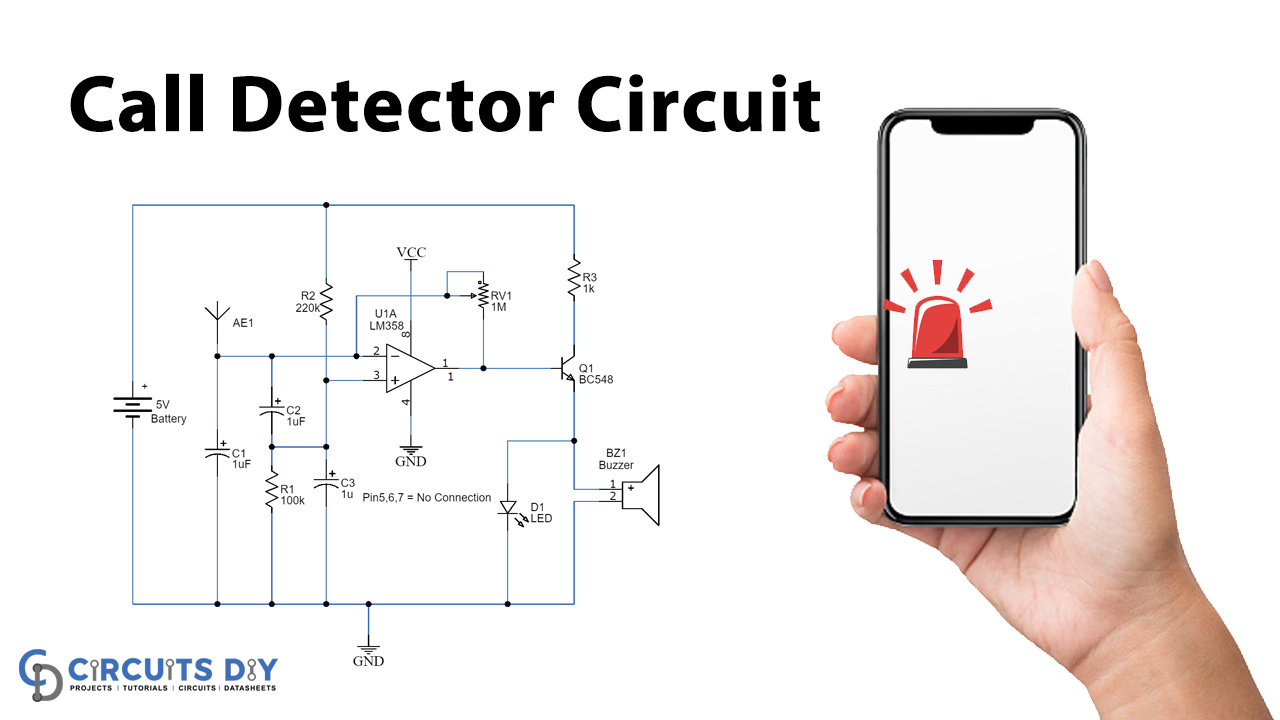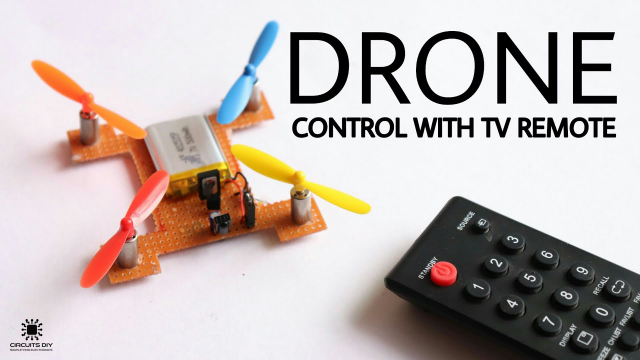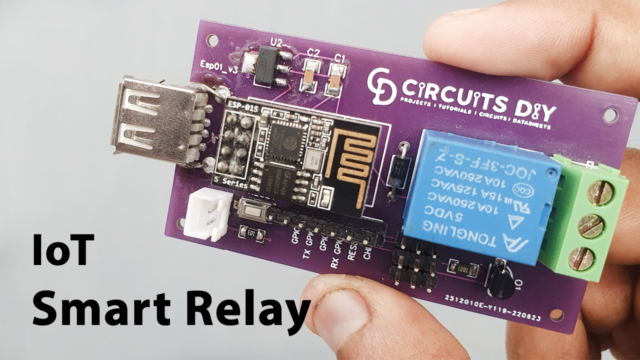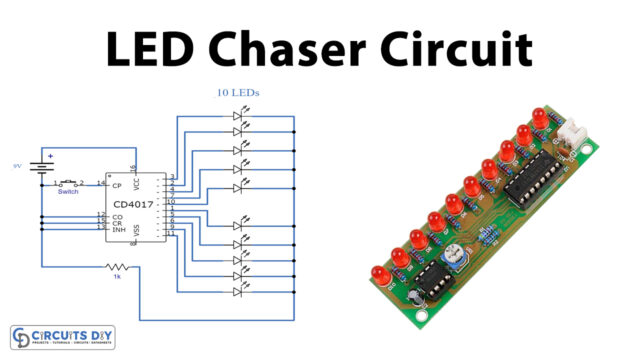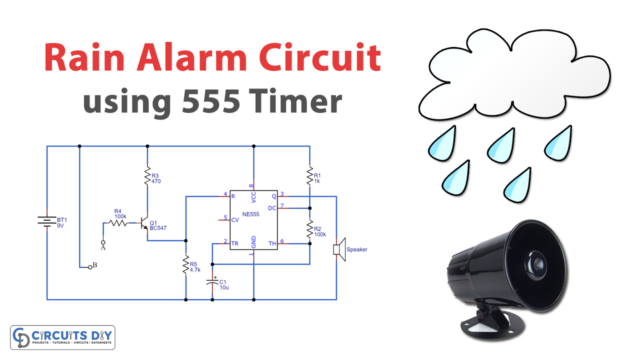Introduction:
Technology has made a great advancement in the past years and with the evolution in communication technology cell phones play a vital role in our lives today. But misuse of these gadgets is also an important problem in our society and here comes the use of a detector. A detector, as the name indicates is a device that is used to detect anything which is hidden in a certain range.
A cell phone detector detects the presence or existence of a cell phone within a defined range of operation. It is a technological device that works by transmitting signals and indicates using a buzzer or LED on receiving back signals from cell phones. The transmission and receiving frequency range of cell phones is from 0.9-3GHz. A simple circuit for a mobile detector with a working explanation is given below.
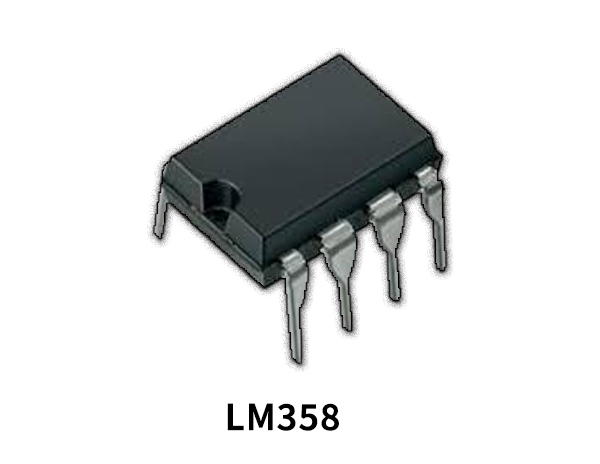
Hardware Components
The following components are required to make Mobile Phone Detector Circuit
| S.no | Component | Value | Qty |
|---|---|---|---|
| 1. | IC | LM358 | 1 |
| 2. | Buzzer | – | 1 |
| 3. | LED | – | 1 |
| 4. | Transistor | BC548 | 1 |
| 5. | Variable Resistor | 1MΩ | 1 |
| 6. | Resistor | 100KΩ, 220KΩ, 1KΩ | 1 |
| 7. | Capacitor | 1µF, 100µF | 2 |
| 8. | Generic GSM antenna or Aerial antenna | – | 1 |
LM358 Pinout
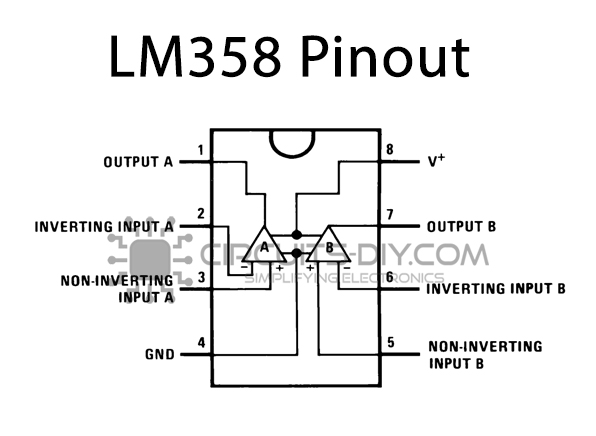
For a detailed description of pinout, dimension features, and specifications download the datasheet of LM358
Mobile Phone Detector Circuit
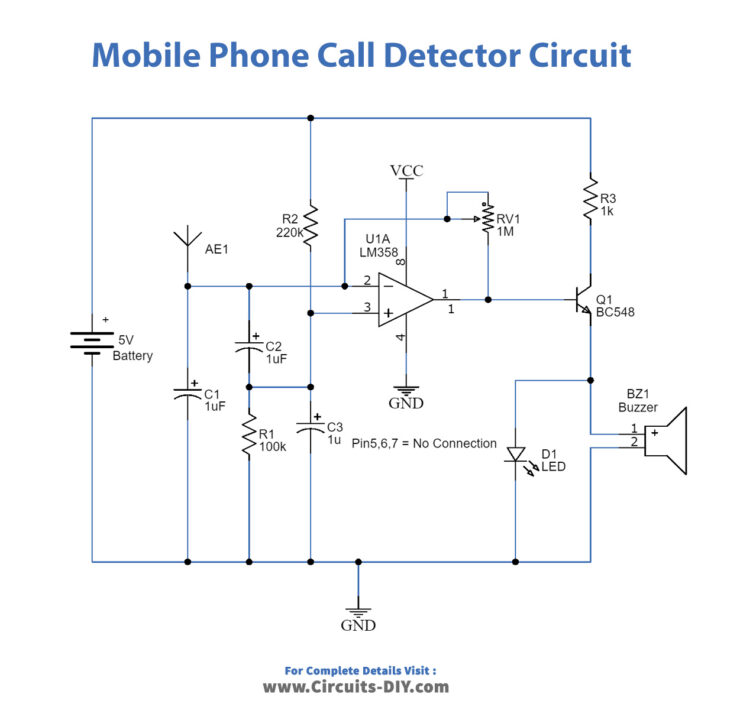
Working Explanation:
The circuit works in three stages that are electromagnetic sensing stage, the amplification stage, and the output stage. A low-power amplifier IC LM358 is used for amplification purposes, the antenna is connected at its inverting terminal with a variable resistor as a feedback path. The non-inverting terminal is connected between a resistor R2 and capacitor C3. The output from the amplifier IC is received by the transistor BC548 at its base, which acts as a switch for an output (buzzer and LED) connected to the emitter terminal.
The cell phone present in a certain range of the circuit transmits the electromagnetic signal which is received by the antenna. The antenna converts the signal into a low-power electrical signal which is fed to the amplifier and hence is amplified through it. The amplified signal is given to the base of the transistor which biases the transistor and the transistor turns ON and the buzzer and LED get the output signal and start to operate indicating the presence of the cell phone.
Application:
The mobile phone detector circuit is applicable in ways, some of which are:
- The mobile phone detectors help in detecting stolen cell phones.
- It can be used in examination halls or places where cell phones are forbidden to detect the presence of mobiles.
- The mobiles which are used to transmit illegal content or for spying purposes can be detected using this circuit.


